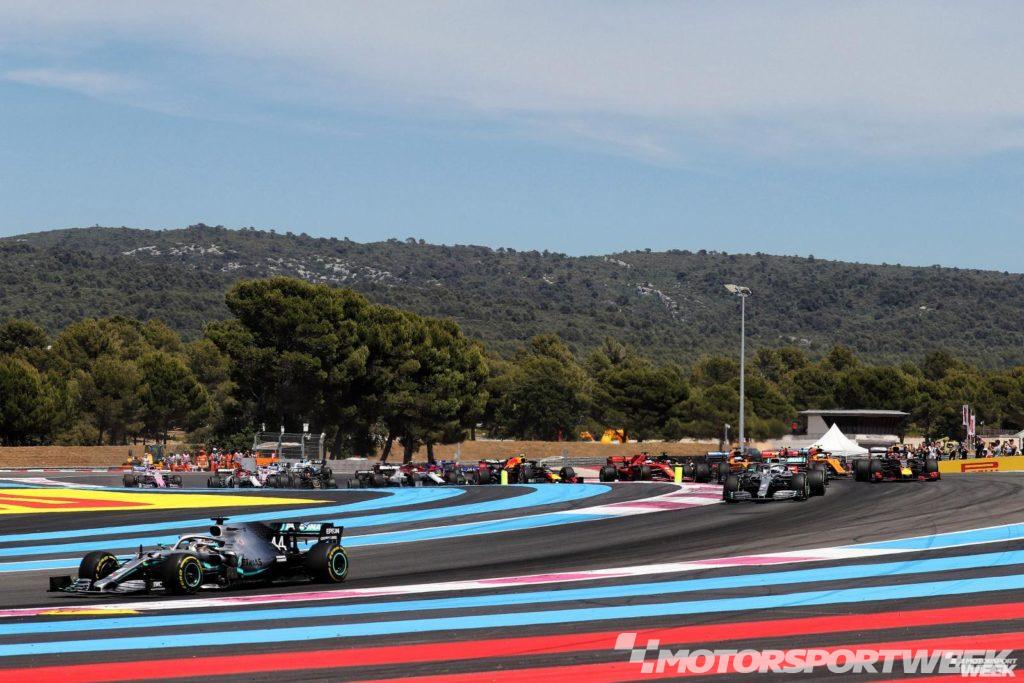Throughout the winter break Motorsport Week will be providing insight into the various machinations of the Formula 1 world. Today we take a look at the geography of the current grand prix calendar.
Formula 1 has 22 events per year from 2020 but what about the geography of the calendar?
The most northerly event for several decades has been Silverstone but that spot has been taken for 2020 by Zandvoort, now that the Dutch coastal resort is back on the calendar. 20 of the 22 events take place in the Northern Hemisphere, with just two – Brazil and Australia – taking place below the Equator. Singapore is the closest event to the Equator, around 80 miles away from the widest part of the world. Australia is the most southerly and easterly grand prix while Mexico is the furthest west.
The circuits closest to each other in terms of distance are Circuit de Monaco and Circuit Paul Ricard, split by just 90 miles across the south of France. It’s only 144 miles between Zandvoort and Spa-Francorchamps, and 156 between Monaco and Monza. The closest non-European events to each other are Bahrain and Abu Dhabi, split by 276 miles, most of it across the Persian Gulf.

The shortest hop between consecutive races is the 312 miles between Barcelona and Monaco, while the longest haul between successive events is the 7,549 miles between Interlagos and Abu Dhabi, a mere 24 miles longer than the distance between Melbourne and Bahrain. As for the longest overall distance between grand prix circuits? That would be the 11,632 miles between Interlagos and Suzuka. Interlagos, unsurprisingly, is the most isolated grand prix circuit: its nearest contemporary is Mexico City, located 4,616 miles away.
Formula 1 teams and drivers travel all over the place – usually from a base in Europe – but if they were to start from London, travel to all 22 events – via Barcelona for pre-season testing – then you’d rack up 84,000 miles, as the crow flies. But allowing for logical journeys (and assuming direct flights are taken) the actual figure is likely to be 120,000 miles across the course of the season.

Mexico City holds the accolade for the event with the highest altitude as its Autodromo Hermanos Rodriguez lies 2,240 metres (7,349ft) above sea level. The grand prix to take place at the lowest altitude is Azerbaijan, with capital Baku lying 28 metres (92 ft) below sea level, on account of its location adjacent to the low-lying Caspian Sea, the world’s largest inland body of water. The circuit with the greatest elevation change is Spa-Francorchamps, with 102 metres between the lowest (Eau Rouge) and highest (Malmedy) points while Russia’s Sochi Circuit registers as the flattest, with less than two metres between its highest and lowest point.
In total 32 different nations have hosted a Formula 1 grand prix in its 70-year history with Italy (97 races) the most-visited country and Morocco (1 event) the least-visited state.










Discussion about this post